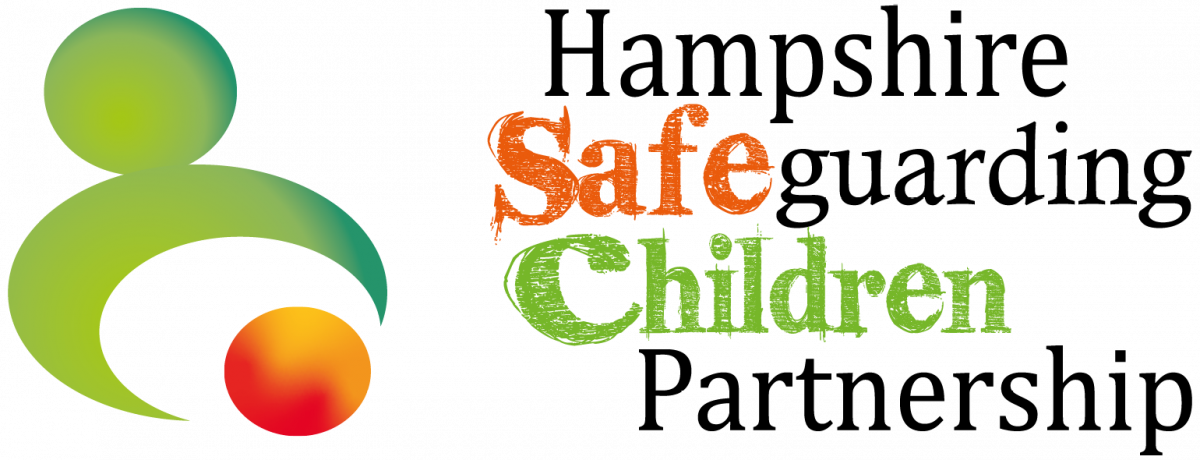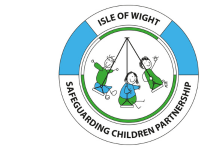Disproportionality and Unconscious Bias
What is disproportionality and unconscious bias?
Disproportionality refers to a group’s representation in a particular category that exceeds expectations for that group, or differs substantially from the representation of others in that category.
Everyone has beliefs and prejudices about other people that are formed with or without our conscious awareness. This is called conscious/ unconscious bias.
Unconscious bias might take the form of:
- Racist stereotypes.
- Judging people according to first impressions.
This might result in people making harmful generalisations about specific communities, or generalising all ethnic minorities as having similar traits, practices and beliefs. This in turn is likely to result in children and families not receiving the appropriate level of support and protection.
What is adultification?
‘The concept of adultification is when notions of innocence and vulnerability are not afforded to certain children. This is determined by people and institutions who hold power over them. When adultification occurs outside of the home it is always founded within discrimination and bias.
There are various definitions of adultification, all relate to a child’s personal characteristics, socio-economic influences and/or lived experiences. Regardless of the context in which adultification take place, the impact results in children’s rights being either diminished or not upheld.’ (Davis and Marsh 2020)
As indicated in research and literature, black children are most likely to experience adultification bias due to race, ethnicity and racism acting as compounding factors that hinder child protection responses and professional curiosity. This group of children are therefore at a heightened risk of their safeguarding needs being unmet.
Key points to consider (Davis and Marsh 2020);
- Black children are more likely to experience adultification bias.
- Racism is the core issue influencing the adultification of black children.
- Black children are more likely to be met with suspicion, assumed deviance and culpability.
- Adultification reduces professional and organisational responsibility to safeguard and protect children, yet increases a responsibility of children to safeguard themselves.
- Adultification bias is a breach of child safeguarding legislation and guidance.
Learning from reviews: Anti-discriminatory practice
There are steps you can take to mitigate conscious and unconscious bias in your direct work with children and families.
- Make sure the needs of each individual child remain paramount. All children are vulnerable and need protection and support.
- If a child is displaying behaviour perceived to be challenging, consider the reasons behind it and explore what is happening in their life that might be having an impact on them. (Don’t ask why are you behaving this way, ask what has happened to you, take a trauma informed approach).
When you’re carrying out risk assessments with children and families from Black, Asian and minoritised ethnic communities, make sure:
- you use the same process for all children
- you include all the factors that affect the child’s life
- your decisions are evidence-based.
- Acknowledge that child-rearing practices may be different between and within communities. Find out about the practices and beliefs being followed by each child’s parents or carers, and consider how this may impact on the child’s safety (Bernard and Harris, 2019). Talk and listen to parents and carers to understand what’s happening in their family and empower them to make decisions that will help keep their child safe.
- Find a ‘critical friend’ who can help you reflect on how you work with people who are different from you and in situations that make you feel less comfortable. Discuss the reasons behind the actions you’ve taken and what impact those actions have had. This can help you recognise and stay aware of your biases, think about how these could be managed and make sure your decisions are always in the best interest of the child (Community Care, 2019). This could be your line manager/ supervisor.
Effective practice
- Communication- all children can find it hard to tell someone if something isn’t right but children from minoritised communities may face additional barriers to asking for help.
- Understand the barriers that children from minoritised communities may face – consider fear of speaking out, honour and reputation, different perceptions about about and any language and translation needs.
- Be culturally competent- When working with people from minoritised ethnic communities, keep an open and inquisitive mind. Don’t compare one culture with another cultures or your own. Aim to build up a non-judgemental knowledge of the community’s dynamics, which will help you work with children and adults sensitively and appropriately. Find out about the community’s specific needs and what services are most relevant and explore the lived experience of every family you work with by asking questions about what their culture means to them.
- Take an intersectional approach-
Children and young people from minoritised ethnic communities, like all children, have diverse identities. As well as experiencing prejudice or bias related to their ethnic background, they might experience challenges relating to other parts of their identity, such as:
- gender
- sexuality
- disability
- mental health
- having been in care
- where they live, how much money they have and how much access they have to education.
Useful links
Safeguarding children from Black, Asian and minoritised ethnic communities | NSPCC Learning
Ethnicity and children’s social care (publishing.service.gov.uk)
Child Q Local Child Safeguarding Practice Review
Training
You can access the HSCP learning from reviews training sessions here.
You can access the IOWSCP training here.

